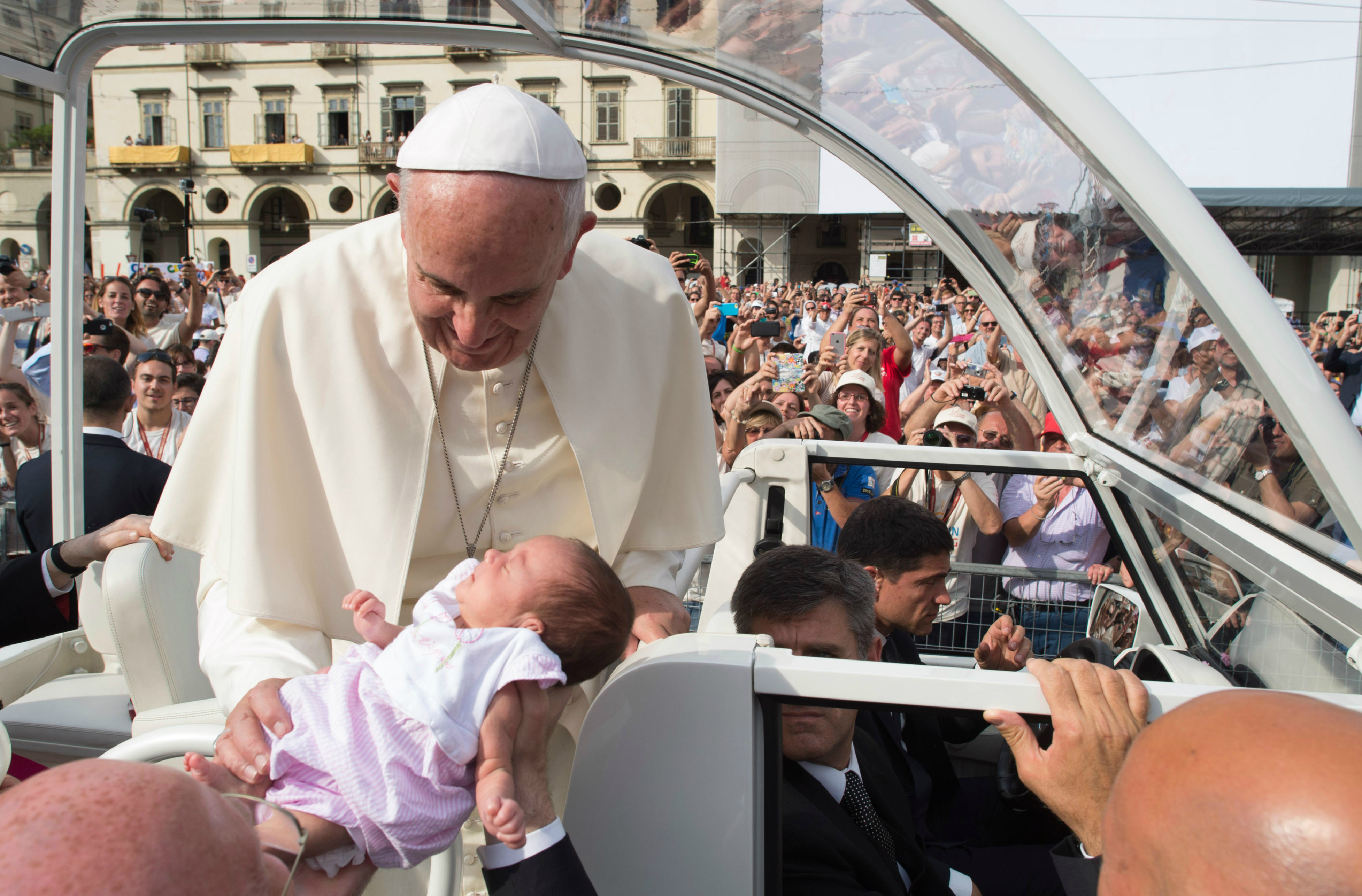Below is a reflection of Cardinal Donald Wuerl, Archbishop of Washington, entitled ‘The Value of a Single Human Life’ from Cardinal Wuerl’s blog:
***
This weekend, the U.S. Holocaust Memorial Museum marked the 25th anniversary of its dedication and opening. With our nation having experienced in recent years a tragic crisis of disregard for the sanctity of human life as seen in shootings at schools and workplaces, terrorist attacks, and daily acts of murder, I would like to revisit this 2016 blog post and repeat again how we must stand up for the sacredness, dignity, value, and transcendent worth of every human life.
During his journey to Poland for World Youth Day 2016, Pope Francis visited the notorious death camp Auschwitz II-Birkenau to offer up prayers for the more than one million people killed there under the Nazi program of extermination. For all who go there, it is an experience that stays with them forever.
Many of those sent to Auschwitz II-Birkenau and its two adjoining camps were condemned to the infamous gas chambers upon arrival. Others were murdered more slowly through starvation, exposure and disease during forced labor. Meanwhile, some prisoners were subjected to brutal medical experimentscarried out by a medical profession that had long been corrupted.
Nine out of ten of the dead at Auschwitz were Jewish, among them Edith Stein who was consigned to the death chamber when she arrived in a crowded rail car. She was at the time a Discalced Carmelite nun who had taken the name Sister Teresa Blessed of the Cross, having entered the Catholic Church twenty years earlier. When the SS came for her, her sister Rosa who also joined the Carmelites, and other Jewish Christians in August 1942, she met her destiny with faith and calm, saying, “Come, we are going for our people.”
At the Canonization Mass for Edith Stein, Saint John Paul II said that “we must also remember the Shoah, that cruel plan to exterminate a people – a plan to which millions of our Jewish brothers and sisters fell victim.”
One place dedicated to keeping that memory alive is the United States Holocaust Memorial Museum here in Washington, D.C. The permanent exhibition includes personal testimonies, a rail car used to take women, men and children to the camps, a model of the gas chambers, a replica of the crematorium ovens, and much more, including 4,000 shoes and other personal items of the victims. To personalize the experience, you are invited at the beginning to take an identification card of a real person who was persecuted by the Nazi regime and its collaborators.
There is much to be learned at the Holocaust Museum. Nevertheless, ultimately “this Museum is not an answer. It is a question.”
Jews were the primary targets of Nazi genocide, with about six million systematically killed in the Shoah, also called the Holocaust. Others, including Poles, Soviet prisoners of war, enemies of the state, and other social undesirables were also persecuted and killed as the Nazi regime put into practice its ideology of racial hygiene, biological superiority and hate, including programs of forced sterilization and euthanasia carried out by the medical professionagainst those found to have a “genetic disease,” the disabled, mentally ill and the incurable sick.
How does this barbarism happen? What leads a civilized and enlightened people to do such inhuman things to other people? How could they go along with it and cooperate with it?
It begins with accepting or acquiescing in the idea that there is such a thing as a human life not worthy of life. It happens because of the belief that we, individually or collectively, have power over life and death, and that it can be morally acceptable or justifiable to end, or help end, another person’s life if that life is inconvenient or if the person fits into a certain category. It happens when a person is dehumanized or deemed useless in what Pope Francis calls a “throwaway culture.” In this depreciation of the sacred inviolability of human life, the German people under Nazism are not alone.
One of the lessons to be learned from a visit to the Holocaust Museum is that we cannot lay such crimes solely at the feet of a collection of depraved and sadistic ideologues – ordinary people have a responsibility too for what happens in the community and nation. One of the special exhibitions, “Some Were Neighbors,” explores this question of how otherwise decent people could become complicit in evil.
Infamy happens too when there is a numbing of conscience in those who might do something to stop it. In the face of evil, wherever and whenever it occurs, we cannot simply avert our attention – we must confront it and think about it and speak about it. Silence and inaction are the allies of atrocity.
Every person has an obligation to respect and protect human life and dignity. The intentional ending of innocent life does not need to rise to the horrific proportions of the Nazi genocide before it becomes wrong and before we speak and act. The evil begins with the very first person who is oppressed or killed.
In their visitor’s brochure, the Holocaust Museum asks, “What is your responsibility now that you’ve seen, now that you know?” As the late Elie Wiesel says in response, “Each individual must answer that question for himself or herself.”
***
On the NET:
To the original post on Cardinal Wuerl’s blog: http://cardinalsblog.adw.org/2018/04/throwback-thursday-value-single-human-life/

Vatican Media
FORUM: The Value of a Single Human Life
Archbishop of Washington Cardinal Wuerl: ‘Every person has an obligation to respect and protect human life and dignity’


